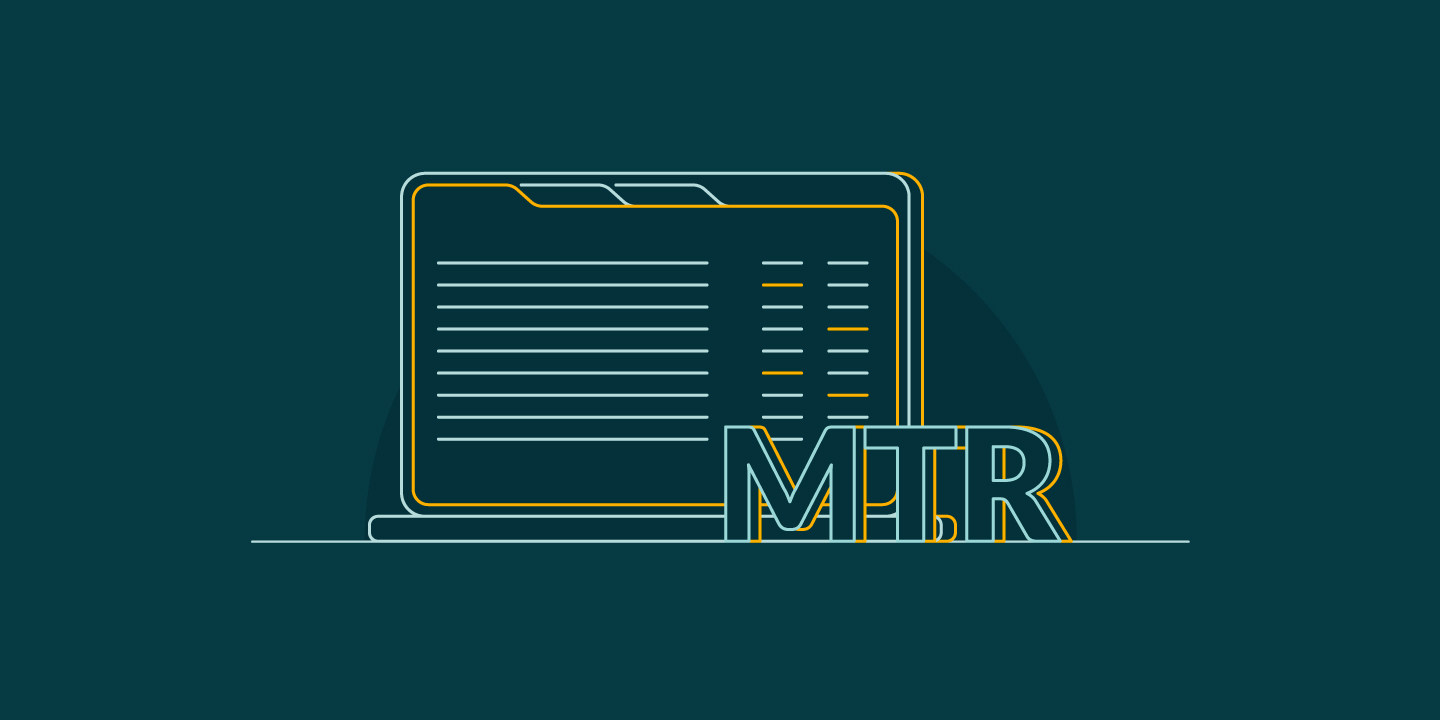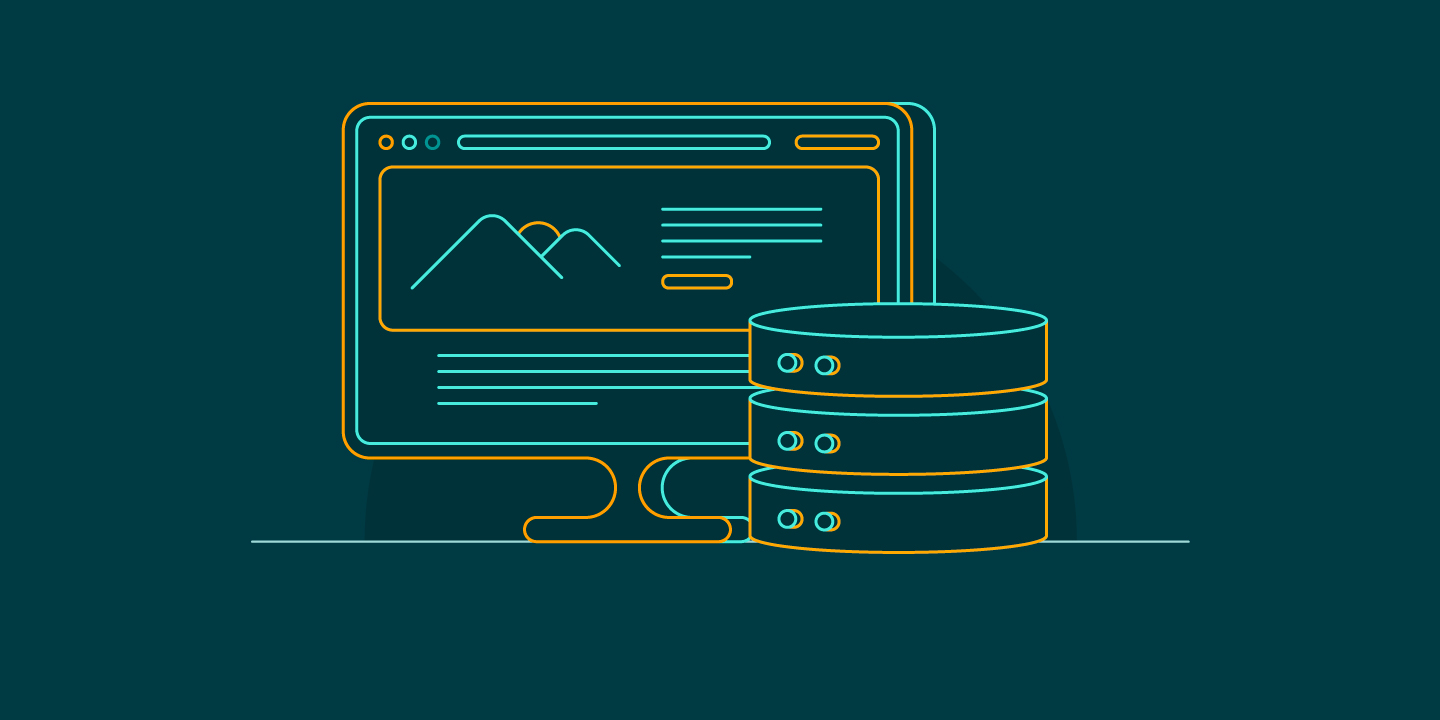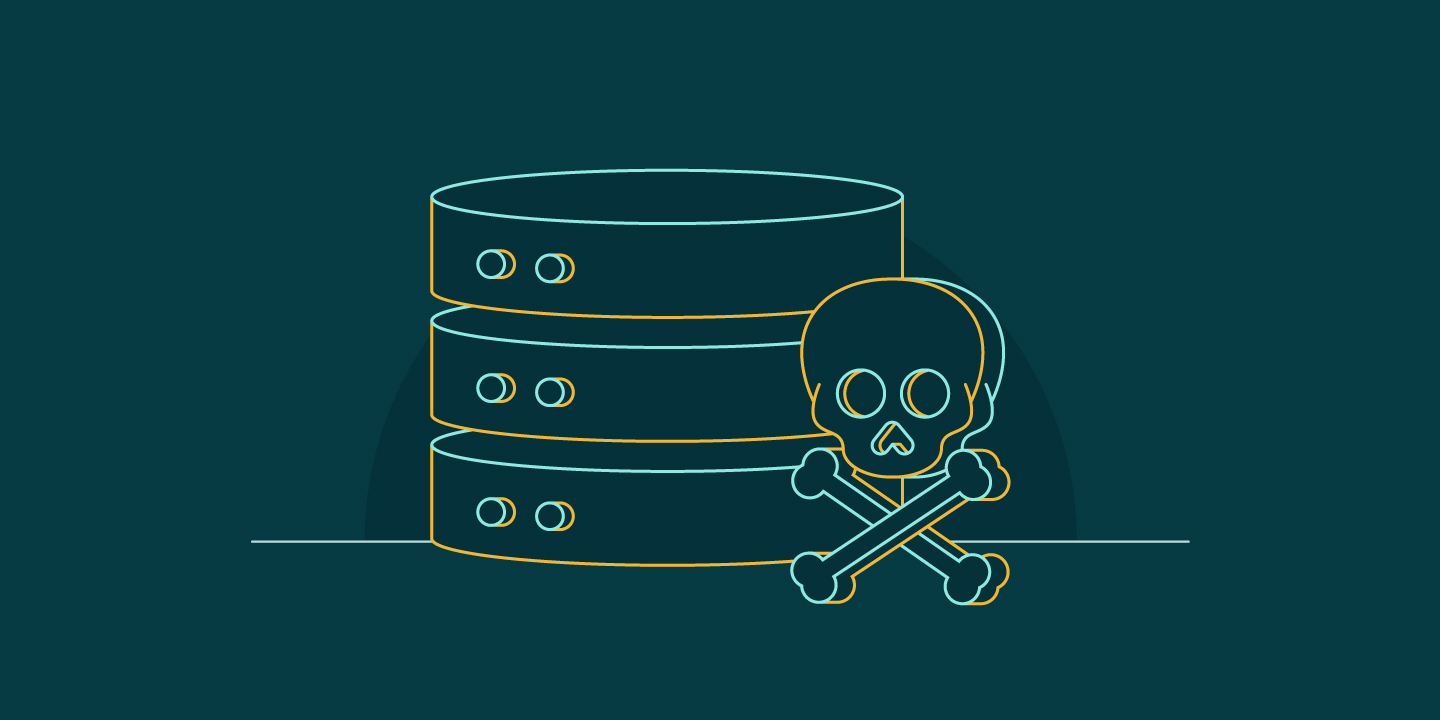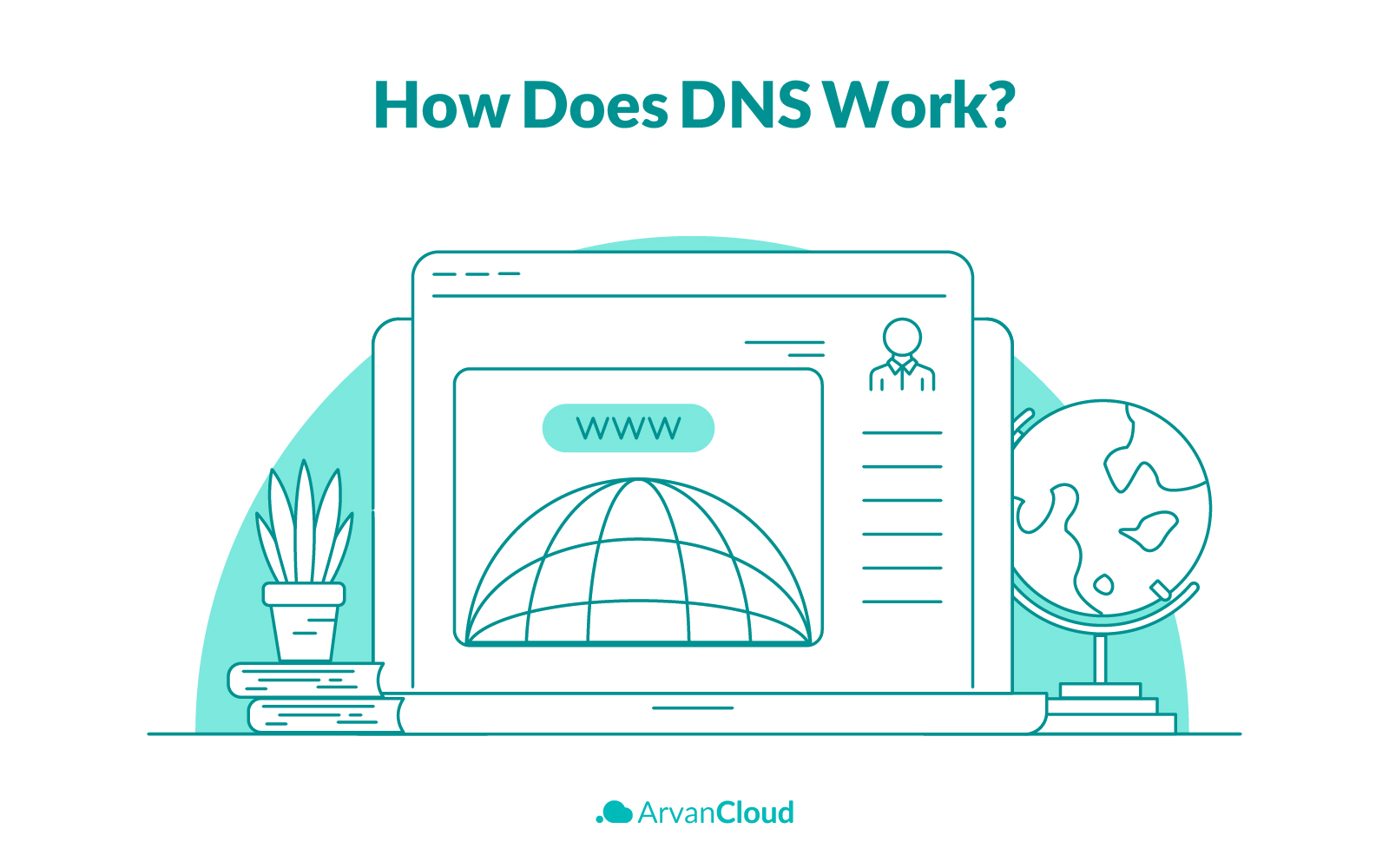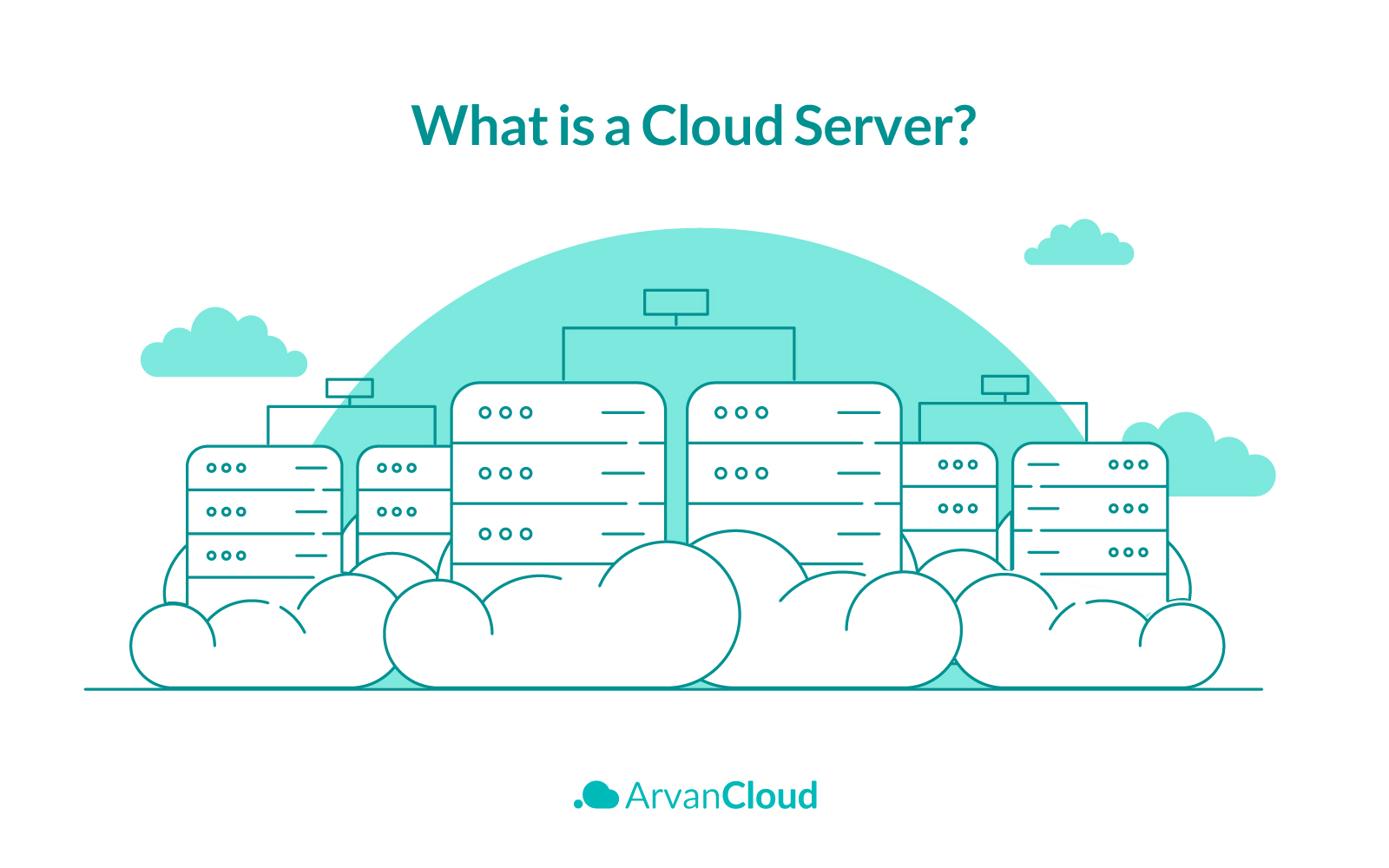
Since 2000, when technology use and development skyrocketed, cyber risk has steadily increased. The cybersecurity industry has been focused on new security standards and compliance during this period. It has then expanded into a more comprehensive focus on the core business risks posed by cyber threats, which have gone beyond compliance.
In the 2020s, the industry and society have matured. Security professionals focus now on security suites, infrastructure unification, and managing cyber risks. One decade’s opportunities and driving factors can never replace those of the one before.
In the context of cybersecurity, DNS security can be viewed as a means to extend the scope of well-known concepts more holistically. In reality, DNS security is integral to any comprehensive cybersecurity strategy.
What Is DNS Security?
The domain name system serves as the gateway into the internet by converting names into IP addresses and vice versa. It provides access to various web-based services, including e-mail and web searches.
According to the American Internet industry, ARPANET was founded in 1966 by Bob Taylor to launch DNS development. ARPANET was widely credited for launching the development of DNS. The translation of names to addresses was compiled into a single table in a document called HOSTS.TXT, which was manually assigned to addresses.
However, this problem has grown to the point that manually constructing, updating, and maintaining addresses is exceedingly difficult. As a result, Paul Mockapetris developed the Domain Name System in 1983, a dynamic, distributed database.
Using Mockapetris, DNS uses IP addresses instead of hostnames so that users can connect to the internet more quickly and conveniently than before. Simply put, the internet as we know it would not exist without Mockapetris.
A DNSSEC server signature ensures that the information it has received matches the information on the authoritative DNS server, thereby increasing security and confidentiality. DNSSEC server responses are signed by a DNSSEC server to prevent threats such as cache poisoning. To determine if the information received matches the information on the authoritative DNS server; DNSSEC resolvers check a server’s signature. If the request is not accepted, it is denied. You can check ArvanCloud DNS to know more about this functional product.
Why Is DNS Security Important?
The DNS system is responsible for creating the Internet we know today. However, how different would it have been if people had been required to memorize long strings of numbers rather than domain names? Most internet users use domain names to describe websites they are interested in accessing. Therefore, domain names are used by most internet users.
Several internet-connected systems are distinguished by Internet Protocol (IP) addresses to facilitate the flow of traffic over the Internet. The Domain Name System serves as its backbone, providing the Internet with domain names that enable it to function, so its security is vital.
DNS as a Security Vulnerability
A DNS system plays a vital role in maintaining the integrity of workflows and reputations within an organization, but DNS does not necessarily inherit any security mechanisms, so it may be vulnerable to various forms of cyber-attacks.
Many risks are associated with DNS, including denial-of-service (DoS), distributed denial-of-service attacks (DDoS), DNS hijacking, DNS spoofing, DNS tunneling, and DNS typosquatting.
DNS Security Risks
The DNS attacks, which are one of the most prevalent and effective kinds of web security threats, are discussed in more detail here.
Different Types of DNS Attacks
The following are some of the most common types of DNS attacks that occur:
- DoS: A computer system or network is brought down due to denial-of-service attacks, or DOS attacks, which render that system or network inaccessible to its intended users or clients. To accomplish this, DoS attacks overload targets with information and traffic, resulting in malfunctioning systems.
Many industries, including media, commercial companies, and government agencies, have been targeted by DoS attacks by malicious actors on various platforms.
- DDoS: Using the distributed denial-of-service (DDoS) technique, multiple systems coordinate simultaneous DoS attacks so that a target can be taken offline. One significant difference between DDoS and DoS is that more than one attack is initiated simultaneously on the target.
An attack on a DNS server can negatively impact the customer experience and workflow, but their negative effects on revenue and reputation may be even greater.
- DNS Hijacking: A common technique used by attackers is DNS hijacking or DNS redirection, which is the process of misresolving DNS requests to redirect users to malicious websites. In some cases, a malicious player can transform a valid IP address into the IP address of another site by controlling a DNS server and directing traffic to a fake DNS server.
- DNS Spoofing: The DNS spoofing attack redirects traffic or steals credentials by sending users to a fake website looking like the real one
Spoofing attacks can go undetected for a long period without notice, which can negatively affect the network’s security.
- DNS Tunneling: Using the DNS tunneling technique, you can create another path for data transmission on a network by routing the network traffic through the Domain Name System or DNS. The technique can bypass firewalls and network filters but can also be used for other purposes.
As a result of DNS tunneling, malicious parties can transmit data through DNS requests, which can be used for spoofing content that cannot be detected by filtering systems or firewalls. In addition, occluded channels can be created for transferring information over networks where the transfer of information is forbidden.
- DNS Amplification: By exploiting weaknesses in DNS servers, DNS amplification attacks can amplify small requests, which can disrupt the victim’s servers by flooding them with traffic. During DNS amplification, UDP packets are used to flood domain name systems accessible to the public and are manipulated as a result.
It is possible to increase the size of the UDP packets to knock down even the most sophisticated Internet infrastructure using various techniques.
- DNS Typosquatting: Typosquatting involves deceiving users by registering domain names that resemble well-known brands or companies to register these domains fraudulently.
If the user enters the wrong website address, they may be taken to a malicious website that appears to be legitimate. The user might be revealing private information by performing a transaction on this website. Combining typosquatting with other online attacks, such as phishing, is possible.
Benefits of DNS Security
As part of a directive released by the Department of Homeland Security earlier this month, US businesses are instructed to take measures to reduce the risk of DNS hijacking. According to FireEye and Cisco, both companies have discovered instances of DNS hijacking within the last month.
The use of DNS solutions is not limited to securing commercial networks. In addition, DNS solutions can also be used to secure home networks. Keeping personal and professional lives separate is becoming increasingly difficult, so protecting home networks is equally as crucial. Using secure DNS can not only improve your BYOD policies but also help you secure your data both inside and outside the office.
The answer to the question that do you need DNS security is a yes. There are several benefits to using a secure DNS solution.
With content filtering, you can block websites containing content you do not want to be displayed, including adult sites and other sites with unwanted content. Unlike other filtering methods, it does not require software installation; instead, it operates through the DNS, making it significantly superior to other filters. The use of content filtering will reduce the possibility that employees will visit “bad neighborhoods,” which could be vulnerable to malicious attacks.
To prevent users from accessing potentially dangerous or malicious websites, such as viruses and scams, the primary objective is to block malware and phishing websites. Phishing attempts can be difficult to identify the majority of the time because they are tough to identify. You can reduce your risk of falling for phishing scams by blocking known phishing attempts in conjunction with appropriate training. However, blocking alone will not protect you from more advanced phishing scams.
Botnet attacks have become a very dangerous threat as the Internet of Things devices have become increasingly popular. Botnet protection prevents your devices from communicating with botnet servers, which will allow you to significantly reduce the likelihood of botnet attacks occurring.
Correcting typographical errors such as “gogle.com” to “google.com” is important. It is necessary to correct some typos in this domain to prevent them from being purchased by malicious attackers who will install malicious software or gather personal information from the domain. To avoid collecting personal information, typo domains need to be corrected as quickly as possible. Typo domains may look like regular domains, but when used they could collect personal data.
Secure DNS servers can also provide improved reliability in addition to increased speeds. They can perform lookups more quickly than those provided by the internet service provider, resulting in improved efficiency and productivity.
5 Ways to Ensure DNS Security
DNS is the system used to identify internet domain names. Before the implementation of DNS, most internet users worked for government or educational institutions where trust was assumed, and security was not considered. In the early days of the internet and the small online community, DNS wasn’t widely understood and was left unprotected.
Recently, cybercriminals have intercepted and manipulated legitimate web traffic from organizations, harvested credentials, email addresses, phishing, and other malicious activities.
Customers and brands are, therefore, increasingly concerned about the possibility of their personal information being stolen by criminals. This is further compounded by the widespread use of free digital certificates requiring very little validation.
The following six ways will help you strengthen the security of your DNS servers:
- Mitigate DDoS attacks with multilayered protection
There has been a record number of volumetric DDoS attacks, with the number of attacks currently exceeding a Terabit per second (TPS). Some of the biggest attacks targeted DNS servers.
To protect against all DDoS-based attacks, your DNS provider nodes must be equipped with DDoS mitigation equipment. This allows you to monitor malformed traffic and traffic coming from suspicious sources in greater volumes than normal and to protect you from all types of DDoS-based attacks. Additionally, you should choose a solution that offers multiple layers of DDoS protection.
- Isolate nameservers through segmentation
As cloud-based DNS services have developed into a service run by crowds of customers sharing nameservers and clustering their domains together, highly scalable DNS has evolved into a service run by hundreds of customers.
It is, therefore, necessary to be aware that using third-party DNS providers puts you at increased risk of suffering other people’s pain. Most attacks on third-party networks do not target you directly but rather a domain whose name servers are shared with yours.
To reduce the ripple effects that result from DNS changes, choose a DNS provider that segments its DNS network and announces its own nameserver. You should also select a provider where only a few customers share the same hostnames and IP addresses. It is important to ensure that the nameserver announcements you use when utilizing cloud-provided DNS services are segmented to protect your DNS traffic.
- Use a non-open-source resolver
When they request domain names, users are directed to appropriate websites by DNS resolvers – the servers that respond to domain name requests. Berkeley Internet Name Domain (BIND) is the most widely used software application to manage the DNS system. Berkeley Internet Name Domain has been used since 1983 and remains one of the most widely used nameserver implementations.
BIND’s code is now open source and, as such, is readily available to be exploited by hackers as it is now entirely in the public domain and is therefore readily accessible for exploration.
- Activate DNS security extensions/DNSSEC
DNS servers cache results for a specified period to speed things up. For example, if you query a server for the name of a similar entity before the name expires, the server will return a cached answer rather than contacting another server.
Security extensions for DNS address authentication are known as DNSSEC. These security extensions are comprised of a set of private and public key combinations that are used to sign information resources. The resolver can use a public key to confirm that DNS answers match the cryptographic versions. All transactions are signed, so attackers cannot simply spoof packets.
In addition to protecting the DNS process from cache poisoning, spoofing, and other serious threats, DNSSEC prevents the DNS process from becoming corrupted by such attacks.
- Using an intelligent dashboard to determine where your digital assets are vulnerable to security threats
Business-critical domains should be identified at the corporate level and monitored continuously to ensure that they are correctly protected and not compromised during the protection process.
With the advent of new digital regulations such as the General Data Protection Regulation (GDPR), threats around vital domains and within the DNS infrastructure on which they are located must be identified. This should ensure that domains are protected from cyber threats. This will help:
- Identify domains that require a 100% DNS uptime guarantee and those that are mission-critical.
- Assess the security risks associated with all current DNS providers.
- Determine whether any security features are missing that could lead to DNS cache poisoning, DNS hijacking, domain shadowing, or phishing attacks.
Conclusion
Despite being the foundation of the internet as we know it, cybercriminals have often chosen DNS as a target to take advantage of vulnerabilities, access networks, and steal data. What does this mean for businesses? Loss of money, time, and brand damage, as well as potential fines and legal repercussions.
Every business must therefore be aware of the most significant security risks that DNS implies, including DoS, DDoS, DNS hijacking, DNS spoofing, DNS tunneling, DNS amplification, and DNS typosquatting.
can choose to use response policy zones, onsite DNS backups, IPAM, and DNS content filtering. Most importantly, they should try to automate security tasks and find security solutions that rely on advanced threat-hunting components. When it comes to staying ahead of cyber threats, prevention will always be the best course of action.
With the help of ArvanCloud’s free cloud DNS; you can easily transfer your DNS domain and all subdomains to cloud platforms securely with just a few clicks. After registration, ArvanCloud will automatically enter your DNS records in the user panel. So, don’t hesitate to activate ArvanCloud’s free cloud DNS for your domain.

